The differential lock sits at the heart of a paradox for off-road enthusiasts and daily drivers alike. On one hand, it’s a mechanical savior when traction is scarce; on the other, it can feel like a stubborn relic on smooth asphalt. This duality forces drivers to confront an uncomfortable truth: no single system perfectly serves both worlds. The trade-offs between locked and open differentials reveal a deeper tension between control and compromise.
Off-road purists swear by locking differentials for good reason. When a vehicle encounters uneven terrain—be it loose gravel, deep mud, or jagged rocks—an open differential sends power to the wheel with least resistance. This often leaves the other wheel spinning uselessly, stranding even the most capable 4x4s. A locked differential eliminates this frustration by forcing both wheels to rotate at identical speeds, distributing torque evenly regardless of traction conditions. The result is raw, unfiltered mechanical grip that laughs at obstacles which would cripple an open diff.
Yet this brute-force solution carries hidden costs. On paved roads, where traction remains consistent, a locked differential becomes a liability. During turns, the inside wheel must rotate slower than the outside wheel to maintain smooth cornering. Locking the differential prevents this natural speed variance, causing tires to scrub against pavement. The resulting binding effect strains drivetrain components, accelerates tire wear, and transforms handling into a chore. What was an asset in the wilderness becomes a handicap in civilization.
Manufacturers have attempted to bridge this divide with electronic traction control and limited-slip differentials. These systems aim to mimic the benefits of a locked diff while maintaining on-road manners. Sophisticated algorithms brake spinning wheels or redirect torque to maintain forward momentum. While impressive in theory, seasoned off-roaders often find these solutions lacking when faced with extreme conditions. There’s an irreplaceable certainty to the mechanical lock—a direct, unfiltered connection between driver intention and wheel movement that electronics struggle to replicate.
The debate grows more nuanced when considering selectable locking differentials. These systems offer the best of both worlds—unlocked for daily driving, engaged only when needed. But complexity introduces new vulnerabilities. Additional moving parts create potential failure points, while the engagement process often requires stopping the vehicle—a luxury unavailable during technical climbs or rapid terrain changes. The very convenience that makes selectable locks appealing also undermines their reliability in punishing environments.
Perhaps the most overlooked aspect of this dilemma is driver skill. A locked differential can compensate for poor technique off-road, masking mistakes with mechanical superiority. Conversely, skilled drivers can often navigate obstacles without locking diffs through careful throttle control and line selection. This raises philosophical questions about technological crutches versus driver development. Are we engineering solutions to problems that better training could mitigate? The answer likely lies somewhere between embracing progress and preserving fundamental skills.
As vehicles evolve toward electrification, new possibilities emerge. Electric motors can precisely control torque to individual wheels without traditional differentials, potentially rendering this entire debate obsolete. Yet for now, the mechanical differential lock remains a symbol of off-road capability—a tool that demands respect for its limitations as much as its strengths. The choice between locked and open configurations ultimately reflects a driver’s priorities: unfettered capability versus daily practicality, with no perfect middle ground.
The romance of mechanical simplicity clashes with the convenience of modern technology in this ongoing tension. While aftermarket solutions and factory systems continue to evolve, the fundamental trade-offs persist. Perhaps that’s why the differential lock debate remains so visceral—it’s not just about engineering, but about how we choose to interact with the terrain beneath our wheels. In an era of increasing automation, that choice still matters.
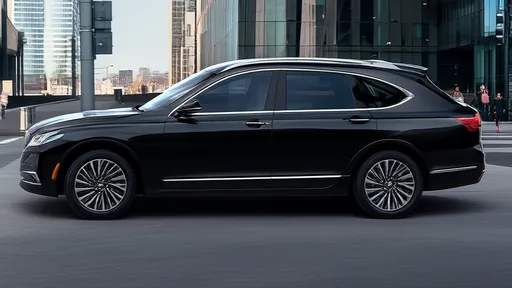
By /Jun 14, 2025

By /Jun 14, 2025
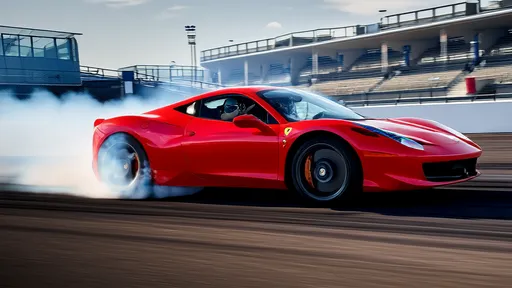
By /Jun 14, 2025

By /Jun 14, 2025
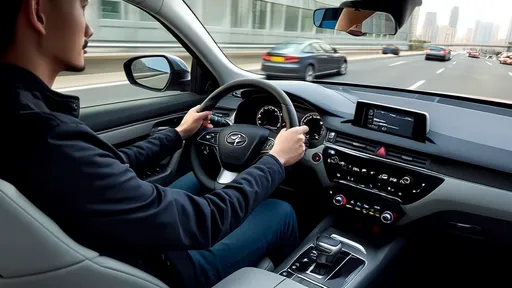
By /Jun 14, 2025

By /Jun 14, 2025
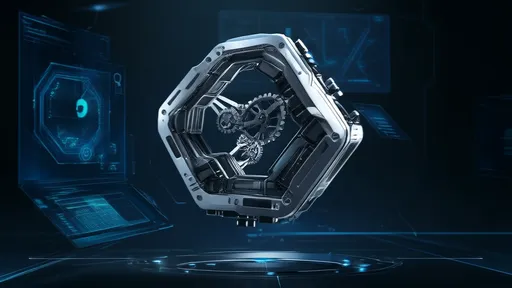
By /Jun 14, 2025
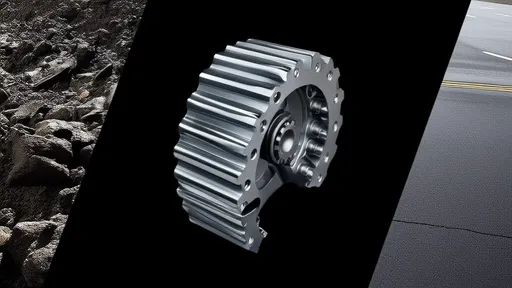
By /Jun 14, 2025
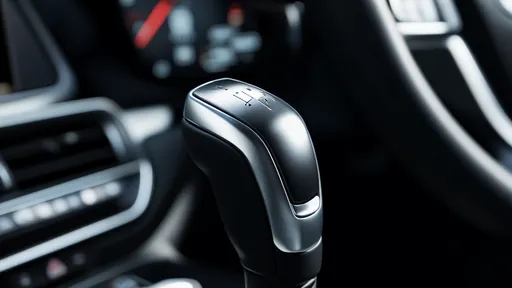
By /Jun 14, 2025
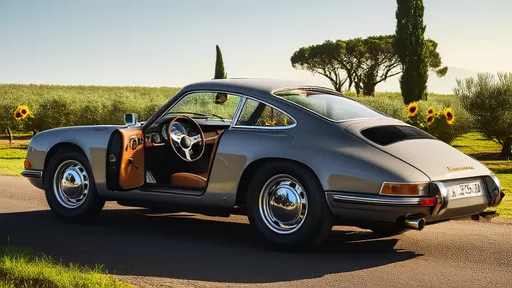
By /Jun 14, 2025
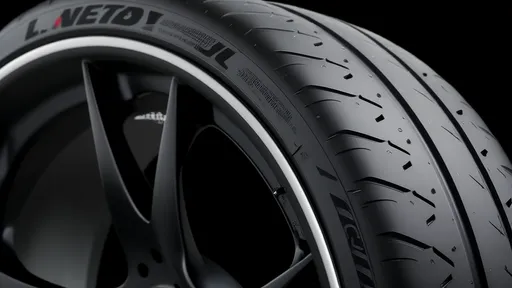
By /Jun 14, 2025
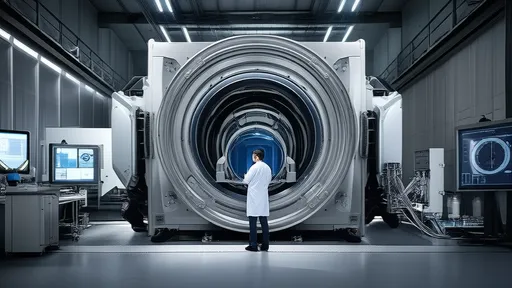
By /Jun 14, 2025
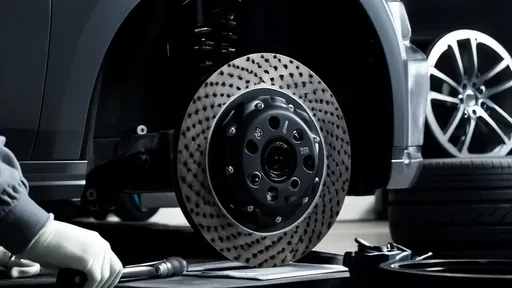
By /Jun 14, 2025
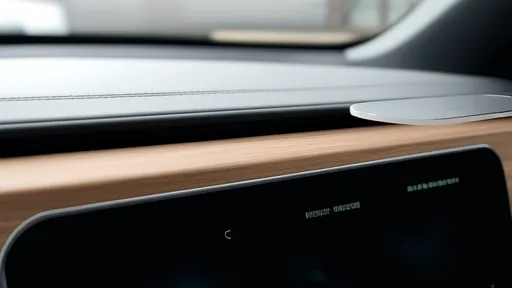
By /Jun 14, 2025

By /Jun 14, 2025
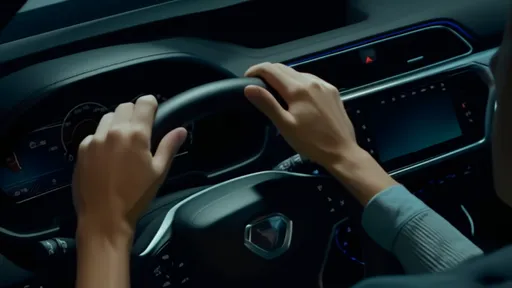
By /Jun 14, 2025
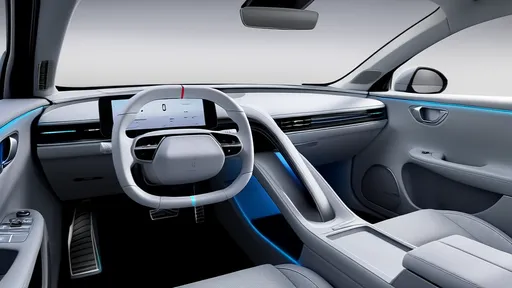
By /Jun 14, 2025
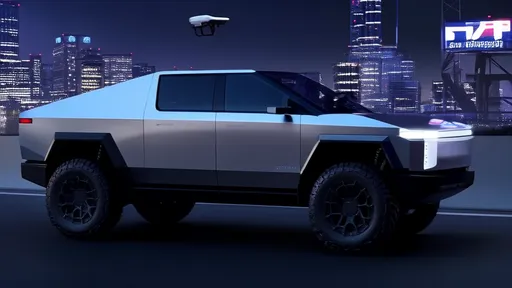
By /Jun 14, 2025